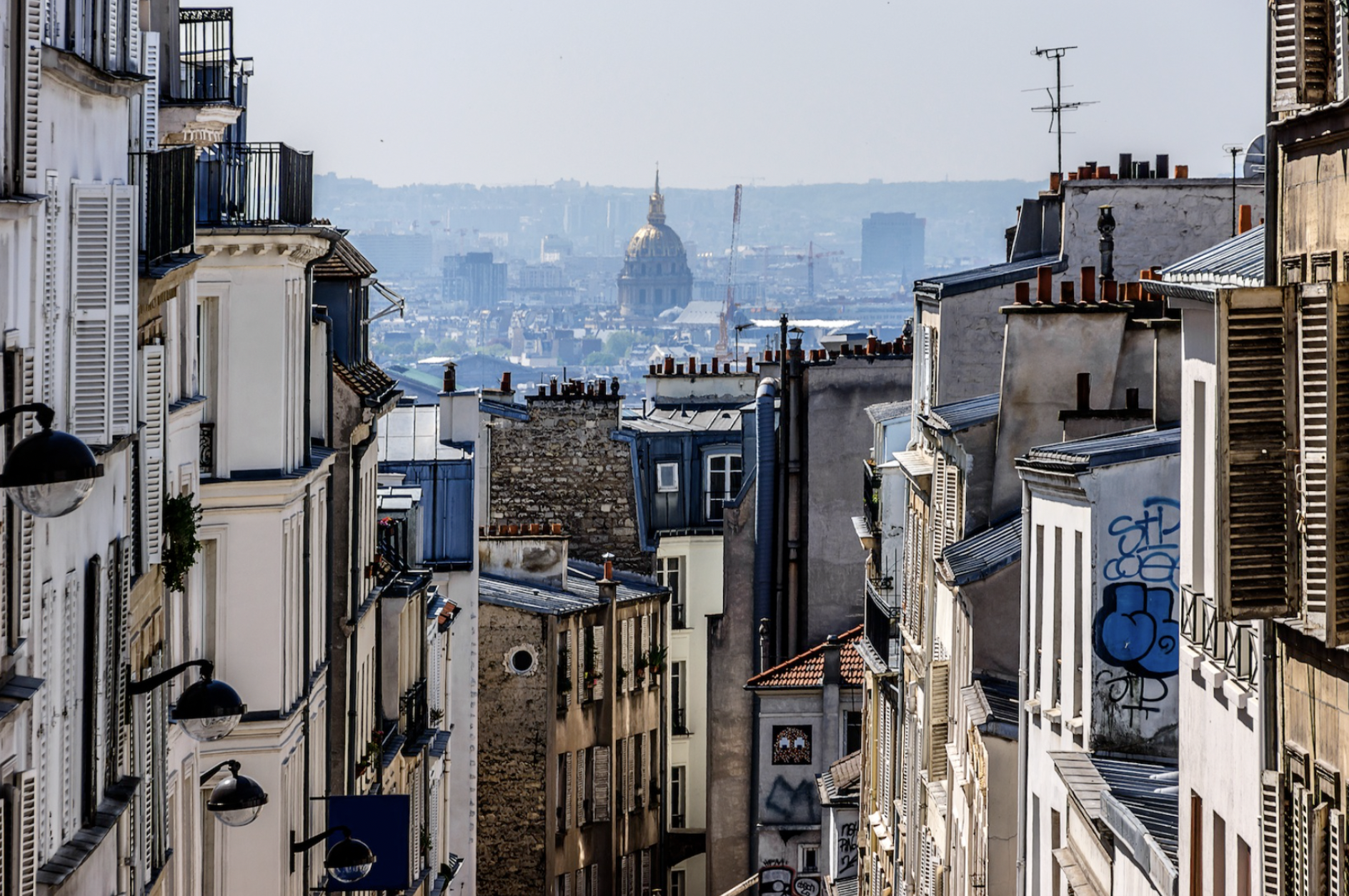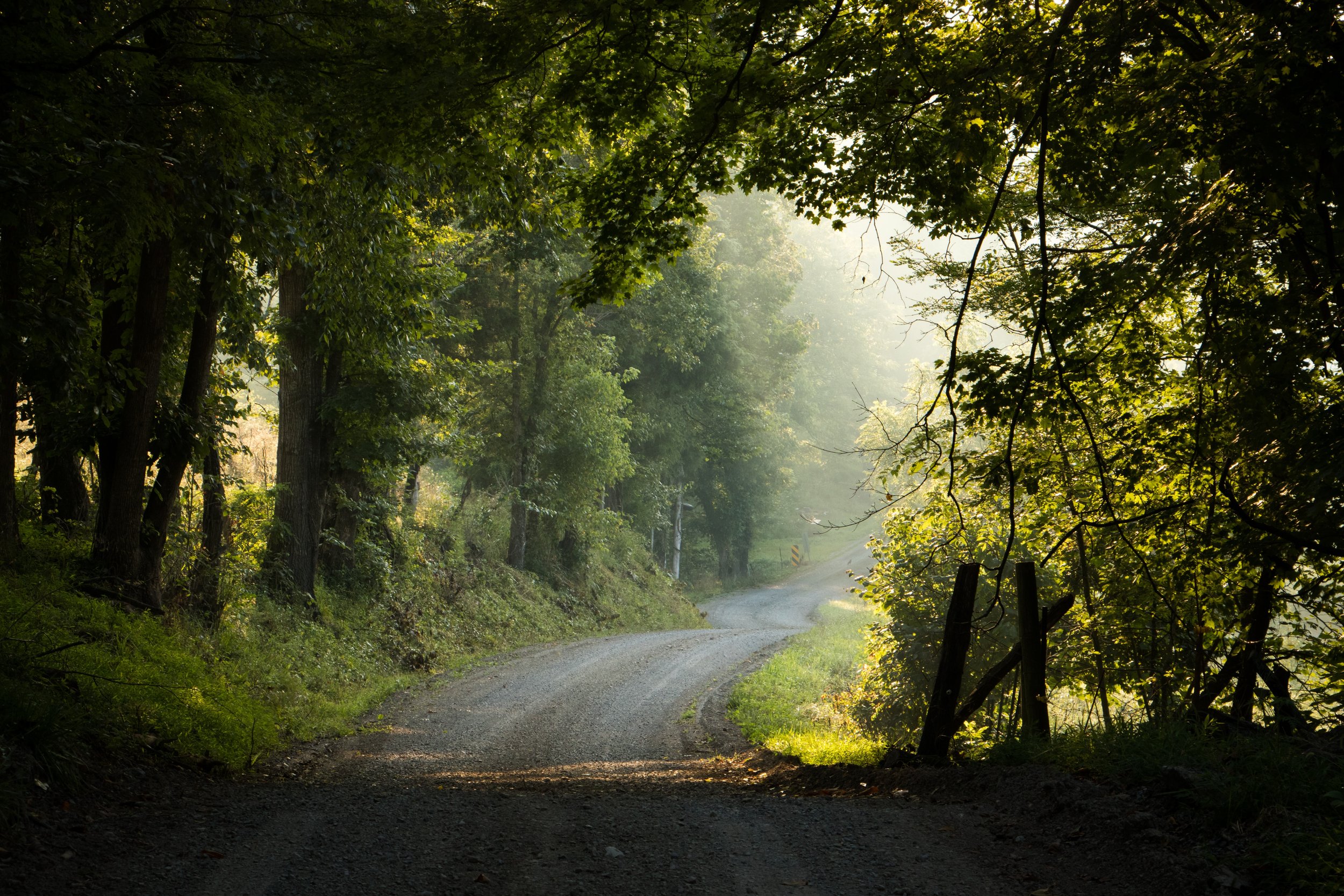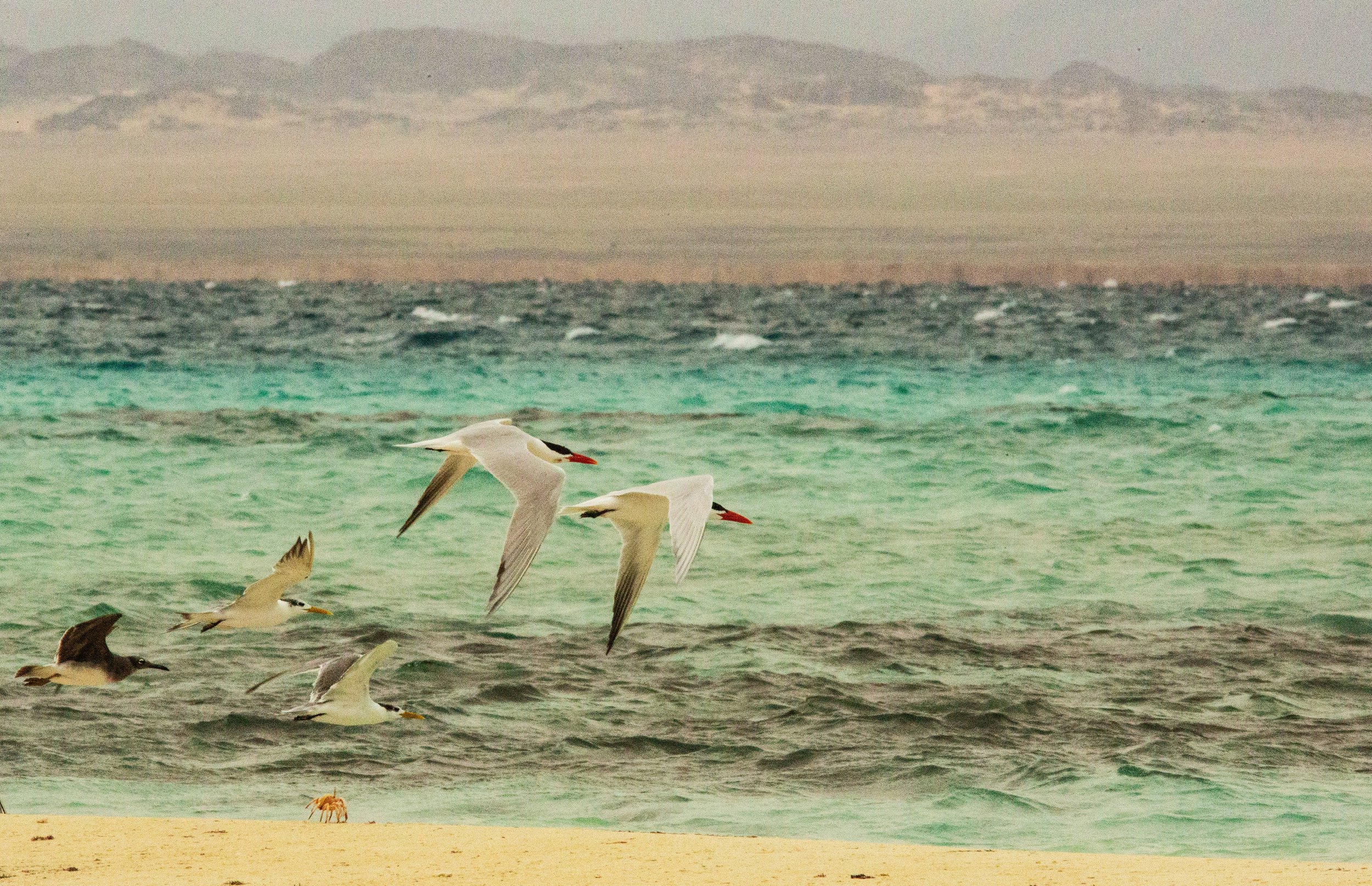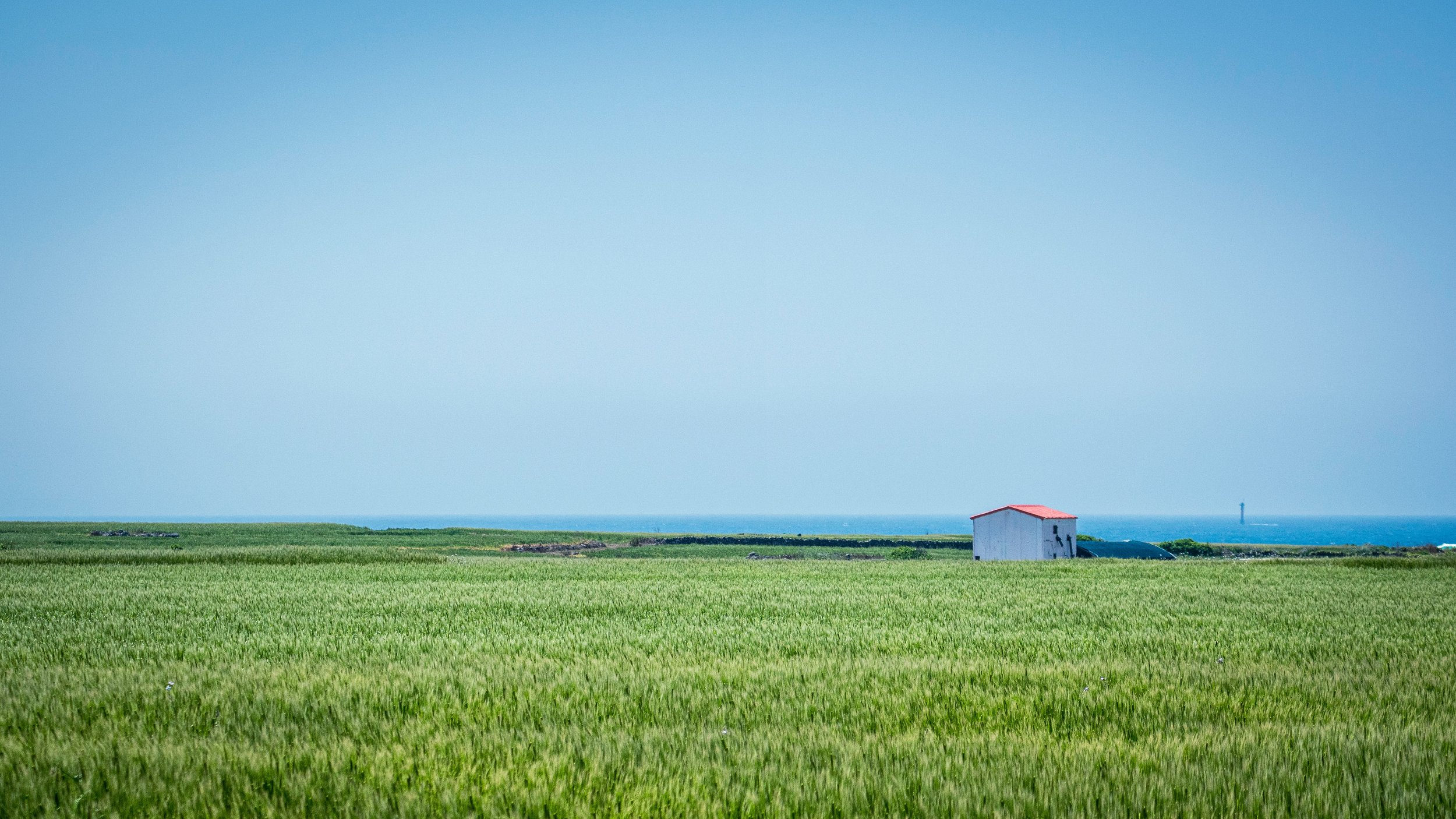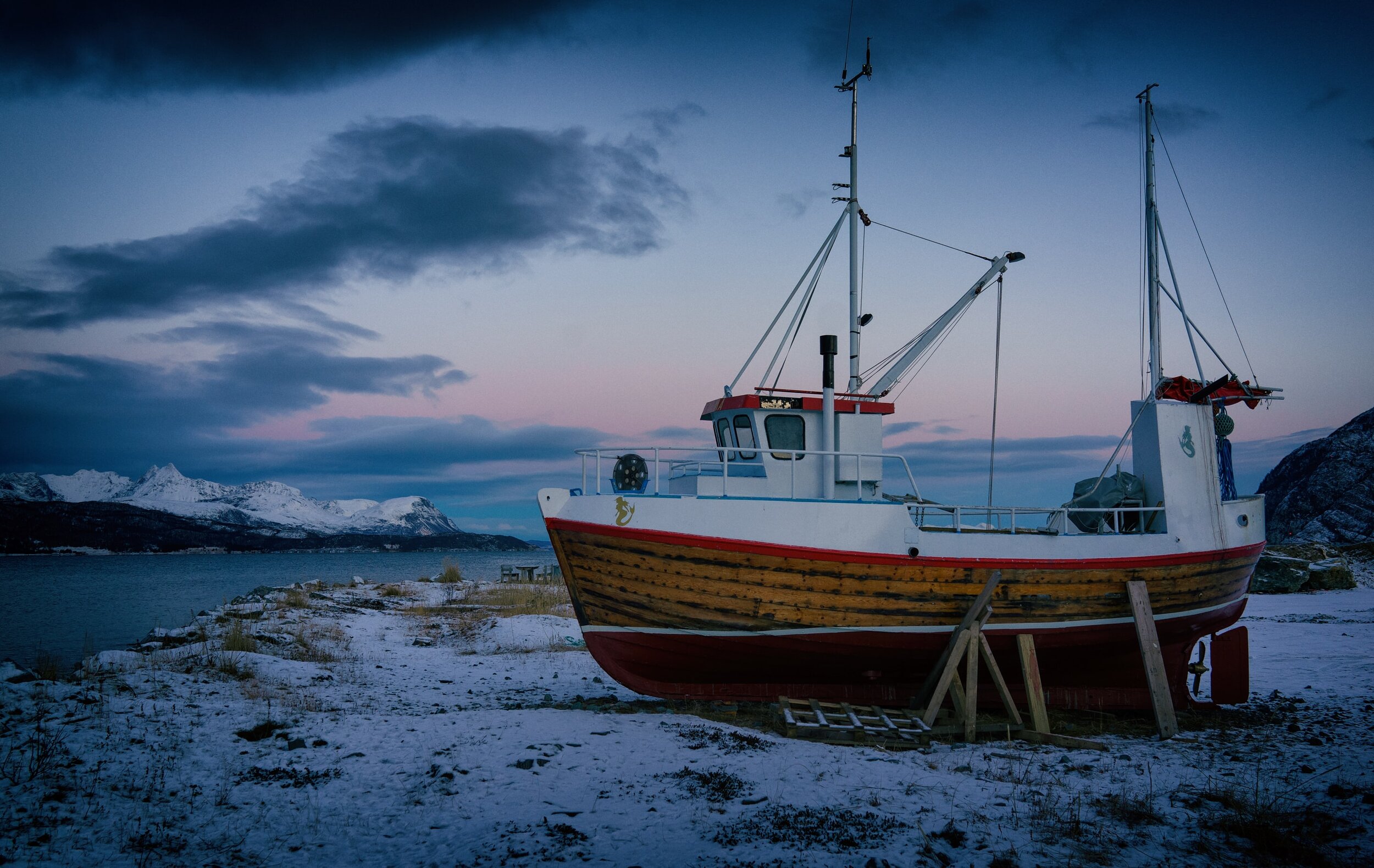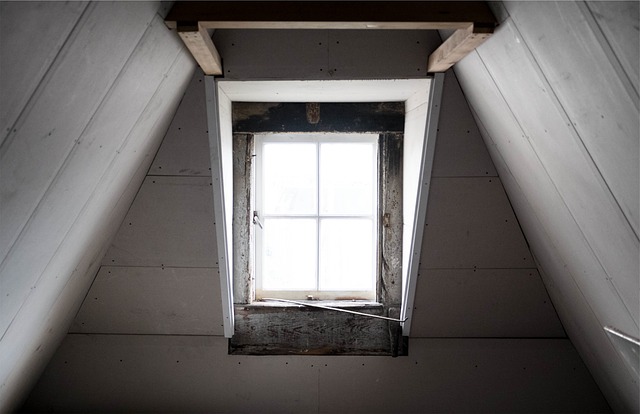Dracula, Runes, and the Midnight Sun

“It’s broad daylight outside and it is four ‘o’clock in the morning. I haven’t gone to bed yet but I am wide awake; I wouldn’t be able to sleep now, so I might as well write instead.”
— Jonathan Harker, Powers of Darkness
*
The sulfur made my curls. I always let my hair dry naturally here. The smell never bothered me after a few hours and this was the second trip back here. It was like coming home, though far from it.
My sister Leyla and I—Turkish on our mother’s side and Iranian on our father’s—swore to each other that we would come back as we boarded the plane after our first trip to Iceland. It was one of many things we would do together, including moving to New York from Istanbul, indulging in macabre trips to Sleepy Hollow on Halloween and attending Edgar Allan Poe inspired burlesque shows.
Leyla, her husband and their friends were already asleep in their rooms downstairs, but I sat by the window on the second floor of the house. It was past midnight, and the sun was directly across me in the sky, just beyond some trees and the highway.
I reached for my recently-bought copy of Powers of Darkness or Makt Myrkranna in Icelandic: the lost version of Bram Stoker’s classic novel, Dracula.
I can’t remember how I found and came to own a copy of this book. It even has a preface written by Bram Stoker’s great-grandnephew, Dacre Stoker.
In 1900, Icelandic publisher and writer Valdimar Ásmundsson set out to translate Stoker’s Dracula and in 1901, serialized the translation in the newspaper Fjallkonan. The book remained unnoticed outside Iceland until 1986 and even then, no one thought to actually read it. A few years ago, the literary researcher Hans de Roos discovered that Powers of Darkness wasn’t just a translation but a new version of the famous tale.
Powers of Darkness is composed of two parts. The first is Jonathan Harker’s journal about his time in the castle in the Carpathians, though in the original, it is written as a diary. The second part begins with Mina Murray, known as Wilma (and not my namesake, unfortunately), and is much shorter with many summarized scenes including the final chase with Van Helsing. It is narrated by a nameless, omniscient narrator.
“Nordic mythology and landscape erupt in scenes. It cannot be a coincidence.”
The difference I was particularly drawn to involved Dracula’s motivation. In Bram Stoker’s tale, we assume Dracula’s motivation is to reunite with his lost love who resembled Mina Harker. In Powers of Darkness, Dracula wants to go to London because it is the center of the world and he can take over as one of “strong ones” who doesn't bow to morals.
As I began to read, I was sure there were missing pages or I was misremembering the story of Dracula. I soon realized, though, that I wasn’t looking for an exquisitely crafted translation or even a new understanding of Dracula. Rather, I was reveling in the fact that one of my favorite stories had made its way to my favorite place in the world.
Every night I’d read a few pages. Every day, as we’d settle in the car for the long drives, Ásmundsson’s images would materialize before me.
Photo by Mina Hamedi.
We twisted and turned on the single road to Jökulsárlón, a glacier lake in the southeast, four hours from the town of Vík. The sky cleared ahead of us, “as if the mountains had opened up,” making space for the blue lagoon filled with floating turquoise ice. The icebergs split from the edge of the glacier and move down into the lagoon, moving with the tide and wind.
Iceland in August and the mountains were greener than last time. They marbled into the color of coal and clustered together like the prism bases of the Carpathian Mountains.
Harker speaks to Dracula about “anything and everything.” In Icelandic, this means more: “about all worlds and spaces, about things that are within reach and things which are out of reach.”
I felt something in my chest. I stood by the water until my sister and her husband called for me by the car. The crystallized ice floating on the ethereal water like solitary specters were just that. Worlds out of reach.
*
We got on the ferry to Vestmannaeyjar, the Westman Islands. We traversed Heimaey, the largest island, on foot to get to Stórhöfði, the southernmost point and the location of the largest puffin colony of Europe.
We neared the edge of a crescent-shaped cape where my sister and I saw a plaque with the heading “Pirate Cove” above “The Turkish Raid 1627.” The plaque described a pirate raid on the Westman Islands. We laughed, shaking our heads at our horrible Ottoman ancestors. The pirates looted the town, killed many and kidnapped others. But they were from Morocco and Algeria, under the command of a Dutch pirate named Murat Reis.
Stories always change over time.
We walked in the opposite direction to higher ground, and reached the lookout point. Hundreds of puffins rested on the bright green grass on the side of the cliff. Some dove down into the water and others gathered below the cape, in the mouth of a dark cave lined with huge, black rocks.
I fell to my knees and dragged my shins to the edge of the cliff. The wind was strong, they said it would be.
A passage from Powers of Darkness captured the air: “I felt all alone—as if I had left the civilized world and entered a realm of darkness where anything could happen.”
This is what it felt like to be in Iceland. I’d forget everything I had left behind. Work, heartache, and routines. Even the unfortunate sinus infection that had begun to develop in New York was suddenly cleared by the island air, the crashing waves, the sweet sounds of the birds.
The black and white puffins flew out into the open ocean, only to wrench themselves suddenly in the other direction, ending up back together in clusters on land. I could track their movements by focusing on the brilliant orange of their beaks and framed eyes. The only sounds on the peninsula were their calls.
A few hours later, we began the long hike back to the other side of the island, passing by farms, horses, houses that seemed empty.
I remembered that afternoon that I had known about the Turkish raid before seeing that plaque. It was mentioned in a Nordic spell book I’d seen online, called Sorcerer’s Screed. There was a stave, or magic rune, called “ship of the magic number,” that was used to damage “heathen Turks and foreign pirates.”
My sister and I looked up the addresses of local bookstores in Reykjavik, just off the main roads leading to Hallgrímskirkja Church, visible throughout the city. We found one that carried copies of Sorcerer’s Screed and bought two.
That night, as everyone slept, I sat by the living room window and studied each page of the book under the light of the amber sun.
It was drawn and handwritten by Skuggi or Jochum Eggertsson (1896-1966), described as “a jack of all trades and prolific polymath.” He believed spells were a creative attempt to undermine authority, revolutionize society, and regain power over individual existence.
Cast spells so you can be free. To become a sorcerer, you must learn to shape your thoughts and give them form and appearance.
I pored over various symbols and staves. Rings of concealment that must be carved in oak and covered with blood, staves of protection inscribed using sacramental wine and worn underneath clothing. A ghost stave, for summoning one, resembled a figure under a white sheet, and a looking glass, to reveal the past and future, looked like a hand mirror.
“Sorcery, magic, and stories, all led to the same purpose: to shape thoughts and give them a body; to shape words and attempt creation.”
In Powers of Darkness, Harker describes the castle’s crypt: “The room was gloomy inside, with high-set bow windows. There were repulsive, half-primitive pictures on the walls and I also detected strange symbols on the floor.” In the original Dracula, references to signs in the castle’s crypt don’t exist. Ásmundsson gave it an Icelandic taste. The symbols were runes and staves. Maybe one was a Life stave, to be carved on a piece of spruce and colored with blood.
I came across one stave that stood out from the rest. Concentric circles and shapes, more detailed than the other staves. The “Witch-Ride.”
I thought, what if I could carry a stave with me forever?
Photo by Mina Hamedi.
We got out of the car on the way back to Reykjavik, right off Route 1, and started hiking again. My brother-in-law knew what was waiting for us.
A few minutes later we were above the valley, facing the canyon, Fjaðrárgljúfur. A river cut the two ridges in half, snaking the dark rocks. The water was glacial, bright blue and clear, the valley was moss-covered, damp and green.
There were dips in the ground where the soil looked crimson. It was impossibly bright, even under the gray sky. There was so much color in these steep, violent walls.
I’d gotten to the last pages of Powers of Darkness the night before: “After the sun had set, a glowing evening redness spread across the heavens; it was as if the whole sky was ablaze.”
That night, the small, blue-colored Waymark began to itch above my right elbow. I tried to sleep in the bright room, unable to shield myself from the light pouring in from the high window.
Eggertsson wrote, “Every shadow is derived from brightness. Every shadow possesses the energy of the light.”
Sorcery, magic, and stories, all led to the same purpose: to shape thoughts and give them a body; to shape words and attempt creation.
The literary researcher, Hans De Roos believed that Stoker handed an early draft of Dracula to Ásmundsson to interpret and shape to fit an Icelandic audience. Characters buried in Stoker’s notes appear in Powers of Darkness. Nordic mythology and landscape erupt in scenes. It cannot be a coincidence.
I imagined Ásmundsson at his desk, mapping out ideas for his own version of the tale he so loved. I placed my hand above my Waymark. The thin navy lines formed by my thoughts; a sudden whim.
Now, worlds always within reach.
ABOUT THE AUTHOR
Mina Hamedi is a writer and literary assistant to Lynn Nesbit at Janklow & Nesbit Associates. She has had essays featured in Arcturus, EuropeNow, Apogee Journal, BOMB Magazine, and Columbia Journal. She is currently working on an essay collection about her family and her family's business, spanning four generations. Mina grew up in Istanbul, Turkey and lives in New York City. Find her on Twitter: @mina_hamedi.
Header photo by Mina Hamedi.




